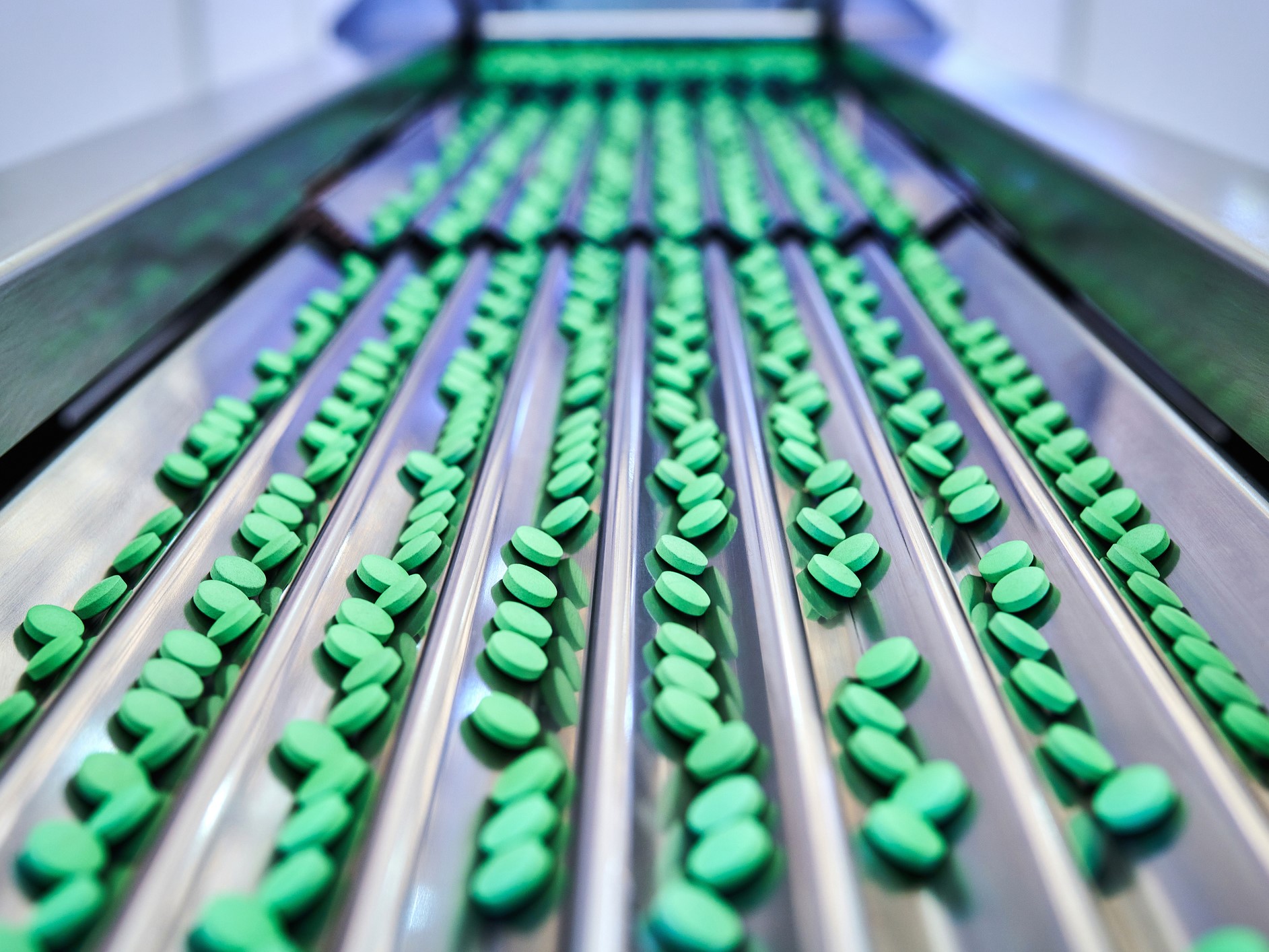How IoT Can Play a Risk Mitigation Role and Not Just Be a Security Headache

In an intriguing trending session at RIMS 2022, Chubb leaders shared the stage with Waymo and Prologis executives to talk about the Internet of Things (IoT) and its power to disrupt traditional risk management.
IoT as an Insurance Tool
As a technology, IoT is growing rapidly.
Use cases abound, from cloud computing to connected technologies and digital data.
IoT technology — embedding digital sensors in physical objects — complements risk management and risk mitigation services, making it an important investment for insurers. Insurance companies have to be able to predict risk with as much accuracy as possible, and IoT sensors are a game-changer when it comes to this.
During the pandemic, IoT sensors took off and enjoyed a surge in popularity.
Because the pandemic shutdown many businesses, IoT sensors became the eyes and ears to watch over the newly-vacant buildings. If one of the building’s systems failed, the IoT sensor would pick it up and notify someone. And the sensors are continually tracking and recording data, and data is key to insurance companies.
The RIMS Experts Weigh In
Tilia Gode, head of risk & insurance, Waymo, Google, LLC, moderated the well-attended session.
Gode came to Waymo from AIG’s Client Risk Solutions, where she was global head of analytics.
Waymo is a technology company that launched the first autonomous ride service in Phoenix, Ariz. and now in San Francisco.
Sean Ringsted, chief risk officer and chief digital business officer, and Hemant Sarma, senior vice president, IoT lead, both of Chubb, spoke about how IoT is helping the company take risk management and mitigation to the next level by predicting and preventing potential damage before it happens.
Ringsted said, “IoT technology is having a particularly significant impact on the commercial insurance industry — evolving the way commercial insurance is priced, underwritten and serviced; and its adoption in this segment has significantly accelerated since the pandemic.”
Sarma commented, “At Chubb, we see IoT as a sizeable opportunity to offer new bespoke risk prevention services for our clients to ultimately reduce, or even avoid, losses. It is helping digitize our underwriting practice and improve our customer retention by providing our customers with innovative and market-leading solutions.”
Jeffrey Bray, senior vice president, global risk management, Prologis, Inc., spoke about the criticality of IoT sensors in his business.
With a billion-dollar global real estate portfolio of warehouses, finding better ways to manage and predict risk improves the bottom line.
And when risks are driven by property exposures, IoT technology is the perfect fit. IoT sensors are helping Prologis get ahead of the risk, collect more data, and be more predictive to minimize risk.
Bray spoke about moving to a point of responding to leading indicators rather than reacting to lagging ones.
“Our journey has involved going from a connected building to a data driven building armed with sensors and IoT and other components to gather data. And the point we all want to get to is the autonomous building to gain insights and prevent and mitigate losses.”
Several different IoT use cases were examined in the session, including interior water detection, preventative maintenance, worker injuries, telematics and asset tracking. And as the technology expands there will be more opportunities to benefit from IoT technology.
Drone inspections were an interesting use case mentioned in the session. After a natural catastrophe, drones can be used to gather data in the field for claims investigations.
Drones also are being used in building inspections — providing more data and keeping people safer at the same time.
Any Questions?
The risk managers and other professionals who attended the session had questions for the panel throughout, with questions about supply chain challenges, adoption issues, and what’s next for IoT.
The robust discussion ensured engagement in the room.
And while the opportunities are plentiful and the future seems optimistic for IoT use cases, we’re still at the beginning stages of development.
Some learnings and takeaways for carriers hoping to use IoT included: Start small and scale fast; build a service along with a device; include cybersecurity and privacy provisions; and bundle risk management services with IoT data.
What’s Next for IoT
Ringsted spoke about the impacts of IoT and what’s next: “We’ve seen the impact of this technology over and over again through sensor installations across numerous industry segments, including healthcare, real estate, hospitality and educational facilities, to name a few.
“Chubb has billions of dollars of insured properties being protected by IoT-enabled sensors with thousands of devices installed in both commercial and personal properties that are providing our clients and underwriters with hundreds of millions of data points. We are actively collecting and analyzing IoT data against our rich claim history, and I’m very optimistic about the future of the technology.”
Unlocking the full potential of IoT will take time.
The ideal IoT ecosystem is one that integrates IoT technology while garnering trust by managing the inherent cyber and privacy risks while finding ways to glean meaningful insights from the data gathered through the IoT sensors.
The opportunities and possibilities our industry can gain from exploring this intersection between the physical world and the digital world are endless.
And the implications on the future of insurance are incredibly exciting. &










